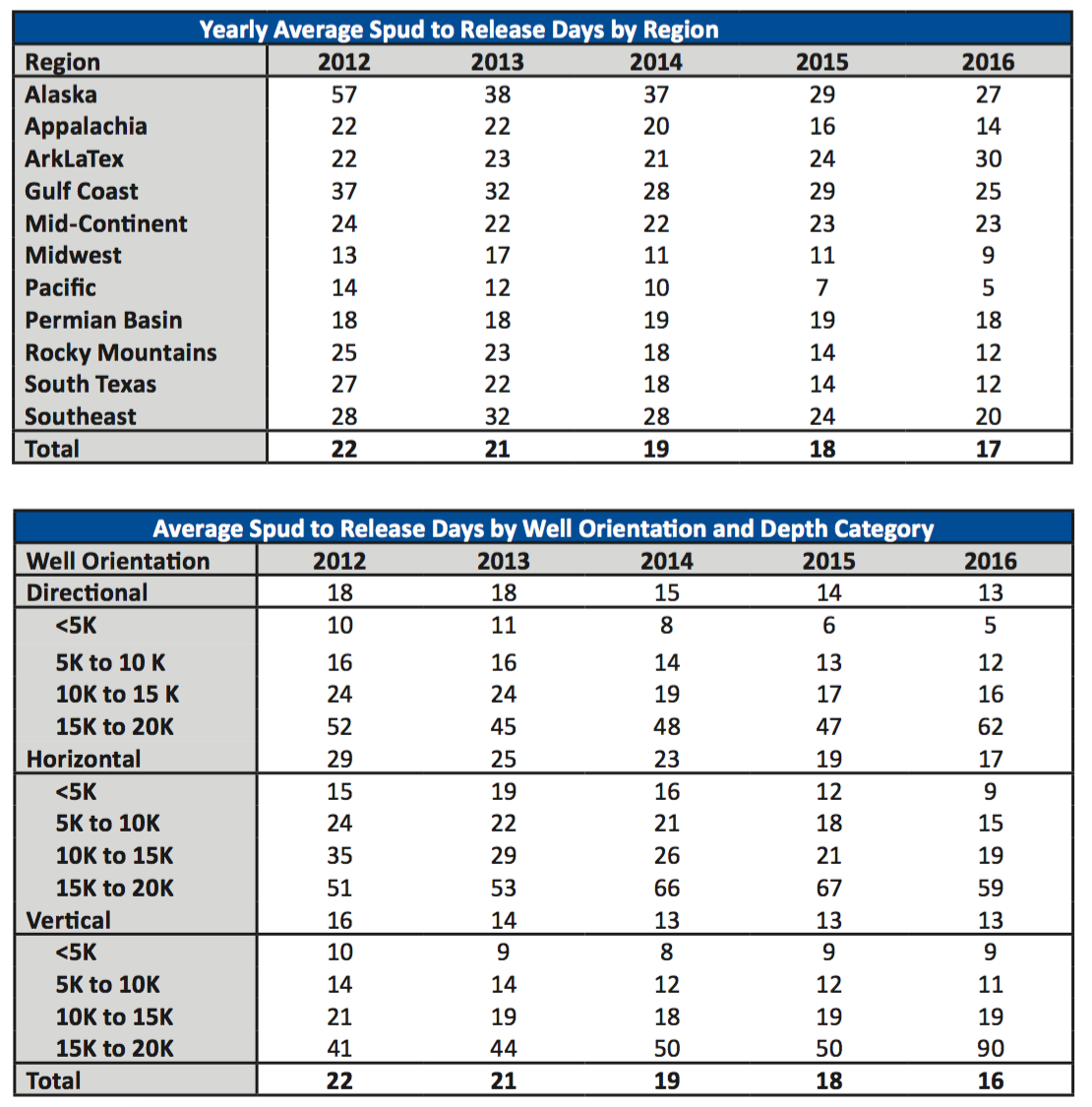By: RDNA Staff
Technology advancements and innovative drilling methods have allowed oil and natural gas companies to reach more reserves while reducing environmental impact in many ways. Over the last several years, operators began drilling multiple wells from a single wellsite, known as “Pad Drilling”, which lessens the surface “footprint” of drilling operations. In areas with complex formations that have layering deposits of fossil fuels, like the Permian Basin, multilateral drilling is utilized to reduce the number of wells drilled on the surface. Improvements in old technologies like slim hole drilling, which has been used since the 1940’s by multiple industries, is helping operators save money by reducing drilling time and the amount of drill solids generated. Also, extended reach drilling gives operators the capability of tapping oil and natural gas reserves that cannot be reached by vertical drilling, evading the disturbance of developed or environmentally sensitive areas.
A major focus on unconventional drilling over the last few years, that transformed the United States into an exporter of liquefied natural gas and crude oil, was made possible by the advancements in horizontal drilling and hydraulic fracturing. The lessons learned over time gave operators the ability to produce shale oil and gas at lower breakeven economies and these achievements continue to move forward as producers look for more ways to reduce the cost to drill a well. Developments in measurement- while-drilling (MWD) and logging- while-drilling (LWD) tools help operators drill their lateral sections more effectively. A properly placed lateral section can make the difference between a five percent return and a forty percent return.

Much different from the past, the oil and gas industry has embraced the investment in and the use of new technologies. Currently, investments are being used to improve recovery of tight oil wells, while previously investments were utilized to make unconventional plays more productive. Advancing the efficiency of completions has helped make wells more productive, however the industry continues to try and understand what makes a unconventional well more productive. Operators continue to search for gains in efficiency in order to reduce well costs, which is why efficiency gains from the adoption of new technology tends to be more rampant in a low price environment. Investments and adoption of new technology made by the oil and gas industry has helped reduce the number of days it takes to drill a well. Also, the number of rigs needed to develop the massive amount of acreage of unconventional plays has been reduced with multi-well pads, horizontal and multilateral drilling. Overall, the number of days spent on a well from spud to release has improved by almost 6 days, or 26%, since 2012. The Permian Basin and the ArkLaTex are the only regions who increased drilling days since 2012. In the case of the Permian Basin, the increased number of days between spud and release is due to the increasing amount of horizontal drilling and decreasing amount of vertical drilling.
While all three well orientation categories have seen progress in the average number of days spent on a well, horizontal drilling has improved the most over the last several years. Benefiting the most from technology improvements, horizontal drilling has been reduced by more than 11 days, or 39.3%, since 2012. More impressive, horizontal wells with a well depth between 10,000 and 15,000 feet have seen a 16 day, or 46.1%, reduction since 2012.
Also profiting from the efficiency gains and new technology that has made horizontal drilling more efficient are the rigs with the horse power needed to drill these wells. Rigs with a horse power greater than 2,000, class E, have reduced the average days on a well by 14 since 2012, with a 9 day reduction since 2015 alone. Then more readily used rig class in unconventional drilling, rigs with a horse power between 1,500 and 1,999 or class D, have also become more efficient with a 42% reduction in days since 2012.
This story was sourced from the May 12th, 2016 edition of the RADAR Report – Unconventional Activity Analysis. To subscribe to this report and to read more. Go Here.
